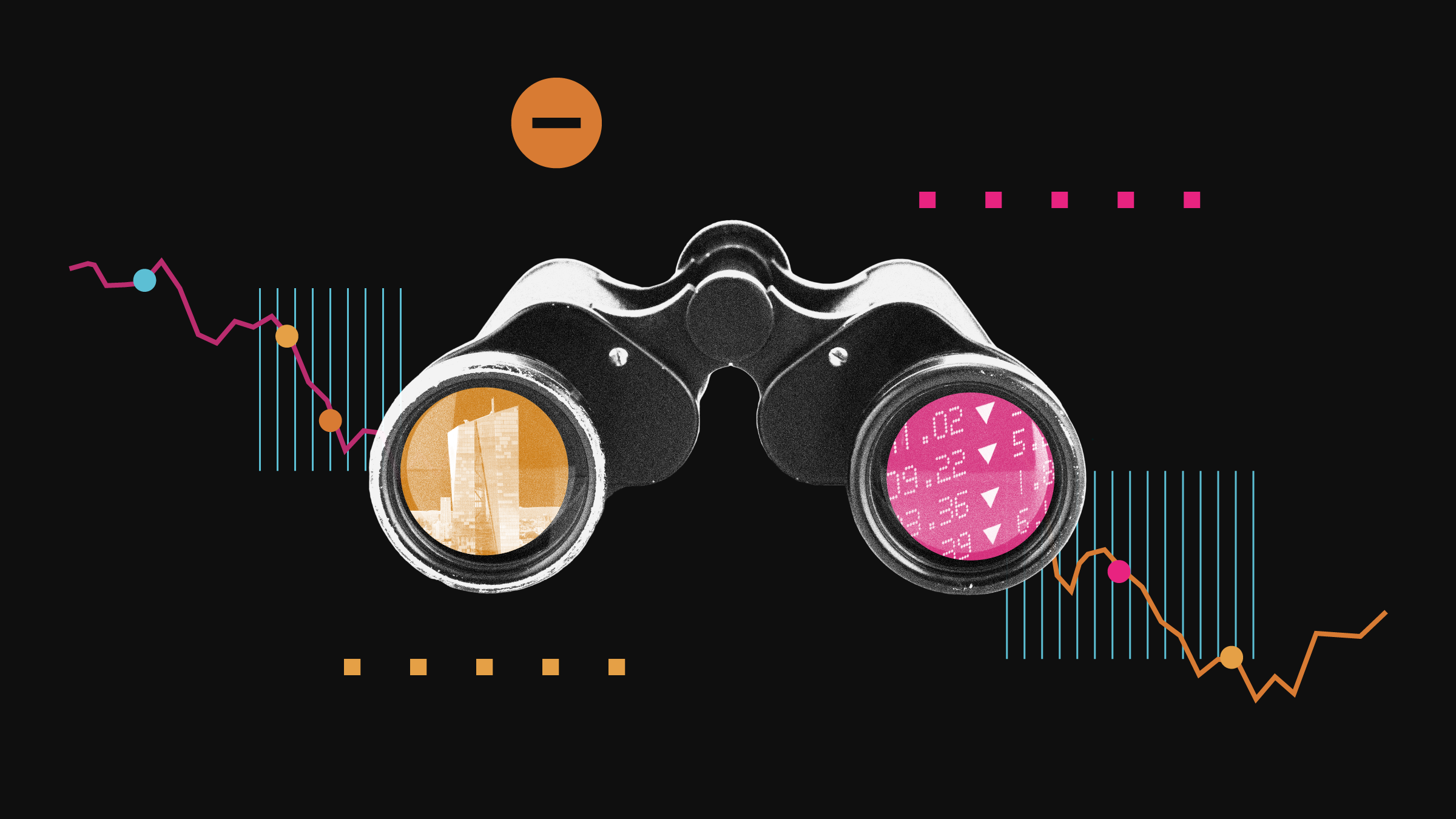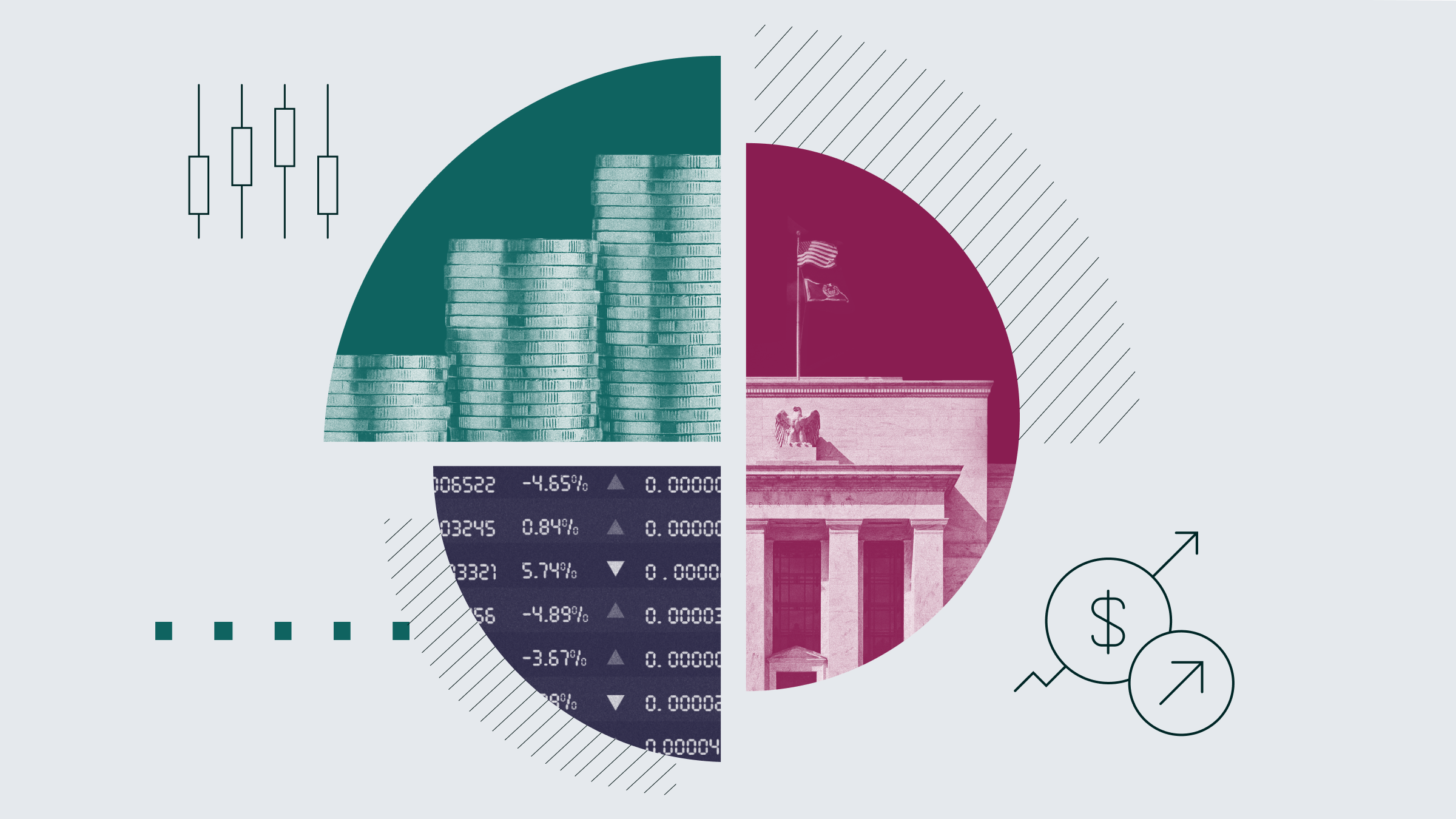
The January Consumer Price Index report showed that inflation rose more than economists expected last month, likely cementing the case that the Federal Reserve will again keep interest rates on hold in March.
The Bureau of Labor Statistics reported Wednesday that the CPI rose 3.0% on an annual basis in January compared to the same month last year, an uptick from 2.9% in December. On a monthly basis, the CPI rose 0.5% in January, significantly more than the 0.3% increase economists were expecting.
Core CPI, which excludes volatile food and energy prices, rose 0.4% on a monthly basis and 3.3% on an annual basis, also more than economists were expecting.
The data comes at an inflection point in the Federal Reserve’s fight against stubbornly high inflation. While price pressures have retreated meaningfully from their peak in 2022, they remain above the Fed’s 2% target as measured by the Personal Consumption Expenditures price index. The last mile is proving especially bumpy. With inflationary pressures still sticky, market watchers expect the Fed to keep rates steady for much of 2025.
“Today’s news is terribly disappointing for those hoping for a conclusion to the war against high inflation,” says Morningstar senior US economist Preston Caldwell. While “nothing in today’s data raised alarms that inflation might be accelerating again,” he says, today’s data implies that core PCE inflation (the Fed’s preferred measure) could remain stuck in the 2.5%-3.0% range in the coming months.
January CPI Report Key Stats
- CPI increased 0.5% for the month after rising 0.4% in December.
- Core CPI climbed 0.4% after rising by 0.2% in December.
- CPI increased 3.0% year over year after an uptick of 2.9% the prior month.
- Core CPI rose 3.3% from year-ago levels after rising 3.2% in December.
January’s monthly core CPI reading was the highest since April 2023, exceeding the elevated inflation readings that surprised analysts at the beginning of last year, Caldwell says.
Elevated price data last January led to two more months of higher inflation in February and March. Caldwell says it’s possible this phenomenon could continue next year, “if the state of economy holds.”
Services Drive Inflation Higher
The BLS said elevated shelter prices, which have helped keep overall inflation high over the past two years, accounted for almost 30% of the overall increase in the inflation rate in January. Grocery prices rose 0.5% on a monthly basis. “Inflation in January was particularly high in certain services categories,” adds Caldwell.
He points out that transportation services jumped 1.8% while motor vehicle insurance costs rose 2.0%, which accounts for a 14-basis-point boost to the monthly jump in core CPI. Caldwell says recreation services, including cable and streaming services, jumped 1.4% and contributed 6 basis points to the monthly total. Meanwhile, the BLS said clothing, personal care, and furniture prices fell.
Keep an Eye on Seasonal Adjustments
January’s CPI data also included annual revisions from the BLS to the previous year’s data. Caldwell points out that these revisions typically account for the pattern of businesses adjusting their prices at the start of the calendar year. “In normal years, this effect is offset by the Bureau of Labor Statistics’ seasonal adjustment of the data; instead of seeing a large jump in January, the impact is smoothed over the whole year,” he explains.
But this year was different. “With inflation running higher than normal, the size of January price increases is also higher than normal, so the seasonal adjustment is inadequate,” Caldwell says.
What’s Next for the Fed?
January’s hotter-than-expected CPI print is widely expected to delay rate cuts from the Federal Reserve. After reducing rates by a full percentage point during 2024, the Fed left its target rate range unchanged at 4.25%-4.50% in January.
With the job market remaining healthy and the impact of potentially inflationary policies from the Trump administration still unclear, analysts say the Fed has more room to wait for inflation to come down before loosening policy further. “Overall, today’s data throws cold water on the notion of another Fed rate cut until at least this May,” Caldwell says.
Bond futures markets have rapidly pared back their expectations for a March rate cut after seeing strong economic data, and Wednesday’s release accelerated this. Investors now see a 2.5% chance of a 0.25-percentage-point rate reduction that month, according to the CME FedWatch Tool, down from nearly 24% a month ago.
Analysts are generally looking for the Fed’s next cut in the second half of the year. “Even a resumption of cuts in May would require very mild inflation data for the next several months, in conjunction with indicators that economic growth or the labor market are cooling off a bit,” Caldwell says.
The author or authors do not own shares in any securities mentioned in this article. Find out about Morningstar's editorial policies.
























